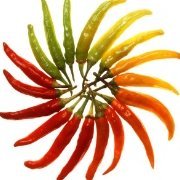Wanting To Invest Into Rubber
-
Recently Browsing 0 members
- No registered users viewing this page.
-
Topics
-
-
Popular Contributors
-
-
Latest posts...
-
8
-
8
-
94
While Trump fails, Carney outsmarts him once again
WTF? What country produced this POS? 🤣- 1
-

-
18
Report Police Raid Temples to Arrest 181 Hidden Crime Suspects
No different than what has been happening in the Catholic Church for years particularly at Head Office in Rome.- 1
-

-
94
While Trump fails, Carney outsmarts him once again
So you admit it and now we know. An unpleasant old man with poor character. Why would anyone respect such a person? Perhaps the others show themselves and their women some respect by properly taking care of them. I don't know, they can speak for themselves. Whereas you come over like an uncaring sleazebag. Again, just from what you write, nothing personal if you aren't like that in real life. Then why depict such a despicable character if that isn't who you are? Stop ranting at everyone and speak as if we are all on the same level, but with differing perspectives. You know...normally. -
123
Middle East Israel Masses Troops Near Gaza as Ground Invasion Looms
Not a strawman argument at all . Packer said that Netanyahu should surrender himself to the ICC (in Brussels) and I pointed out that as Israel are not members of the ICC then Netanyahu doesn't need to adhere to their arrest warrants or visit Brussels to surrender himself there
-
-
Popular in The Pub








Recommended Posts
Create an account or sign in to comment
You need to be a member in order to leave a comment
Create an account
Sign up for a new account in our community. It's easy!
Register a new accountSign in
Already have an account? Sign in here.
Sign In Now